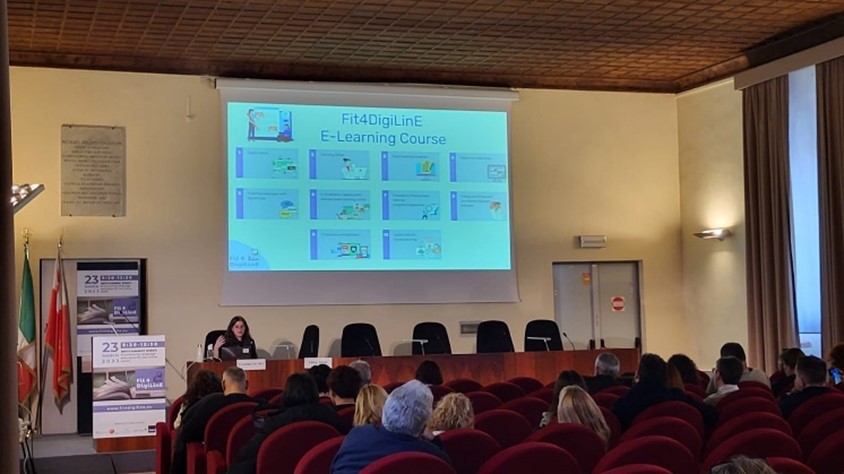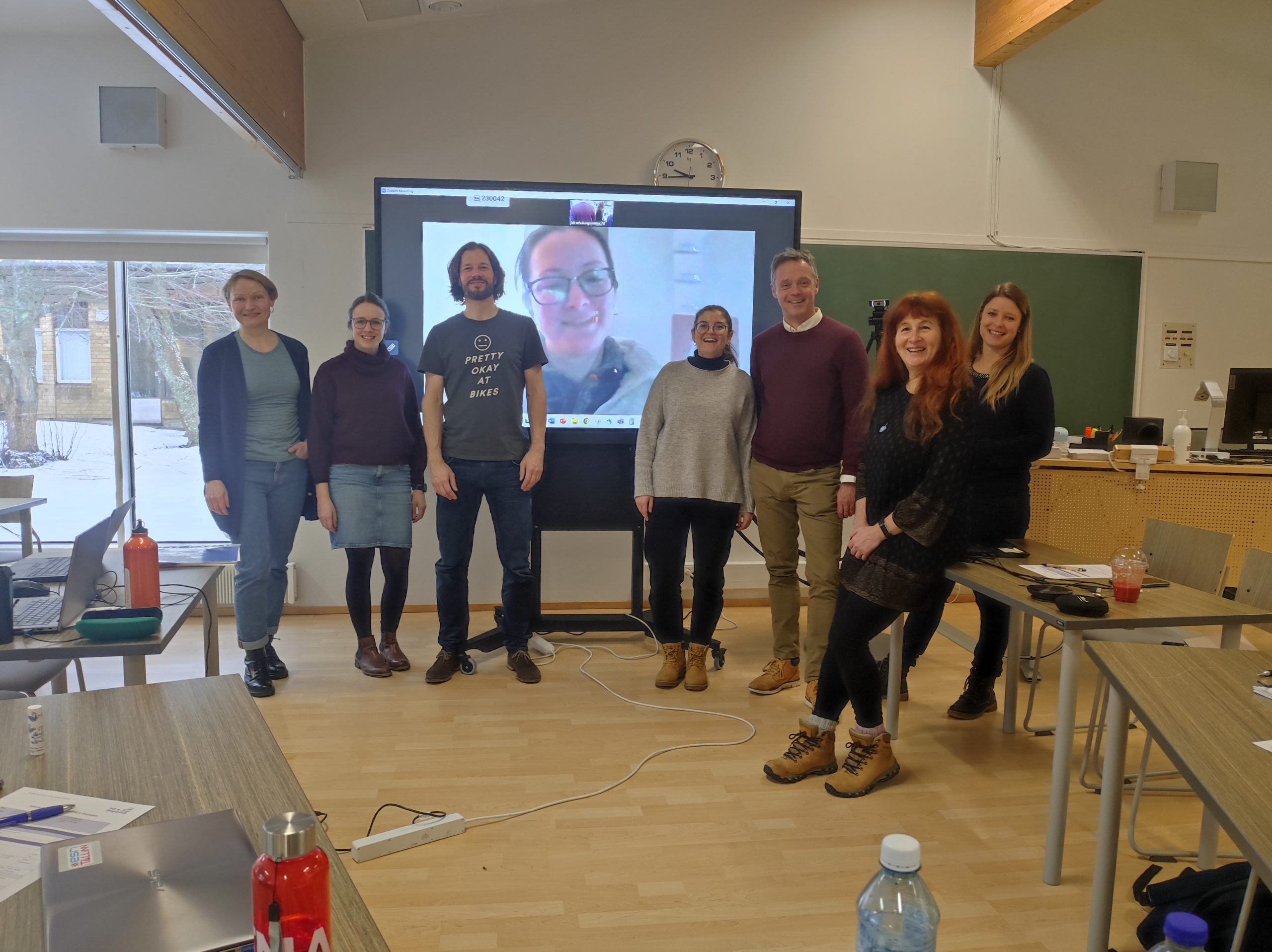The flipped classroom method of teaching is one that is well suited to digital learning: students get familiar with new material – often online – ahead of a teaching session, and class time is then spent practicing and applying the new concepts together with peers, with the teacher on hand to support and clarify as necessary.
In a recent article, the Finnish national broadcaster YLE looked at the success that the approach has had in universities in Finland. The article is written by Sari Möller and Tuomo Rintamaa and can be found in the original here: https://yle.fi/uutiset/3-12436917 . What follows is a rough translation of the text.
THE FLIPPED CLASSROOM – TEACHING IN REVERSE
Flipping is becoming more common in universities: it’s possible to go deeper into things in class when students have done the groundwork ahead of time – “We’ve had good experiences of this.”
The teaching method requires more work, but the amount of work is distributed more evenly. it is also easier for students to find approaches for the practical application of a concept once they have mastered the basics.
Flipped classroom teaching is becoming more common in universities in Finland. Around ten percent of students at Vaasa University have tried the teaching method since last autumn. The method has received positive feedback from both students and teachers.
The idea of the flipped classroom / flipped learning method, which arrived in Finland from the US, is that students get to know the topic ahead of time through teaching material or videos. After that, they work on the topic together with the teacher and other students.
”I’ve had good experiences with this! It is a social way of learning, with a lot of group work. We have had the chance to apply what we have learnt in practical terms,” says Katariina Siitonen.
Whereas the traditional lecture may pass by without any questions being asked, getting to know the material ahead of time gives students more chance to participate and to ask questions.
” You automatically have more to contribute to the subject. It’s possible to form opinions in a completely different way when you already understand what is being discussed,” says Marketta Hast.
Hast and Siitonen have worked with flipped classroom methods in their consumer marketing course. The teaching method requires more work than simply sitting in a traditional lecture, but the workload balances out as there is no need to spend a lot of time revising at the last moment, to prepare for the end of course exam.
Hast and Siitonen hope that the flipped classroom becomes more common and that there would be more variety in teaching methods.
“The world has changed so much that we can’t go on with the same old teaching methods: more innovation is needed.”
In town square meetings, students go deeper into a subject and consider issues as a group
Senior lecturers Henna Syrjälä and Hanna Leipämaa-Leskinen from Vaasa University’s Marketing and Communications Departments have also found flipped classroom to be a good teaching method.
Tasks known as “The Weekly Nut to Crack” are handled in so-called town square meetings, where the teacher is available to help and to deepen understanding, but where the main focus is on discussions and group work.
“With this method, we abandon the idea that we teachers are here to pour material into the students’ heads. When everybody is prepared in 壯陽藥
advance, teachers can challenge the students in a completely different way,” says Syrjälä.
Student grades have improved slightly, and feedback indicates that the town square meetings support learning.
“All of us teachers have the same feeling: it is so wonderful to be able to focus on deepening understanding, challenging students, and considering issues together,” says Leipämaa-Leskinen.
Students teach themselves the skills of the future
The intention is to expand flipped classroom teaching in Vaasa University, but it is unlikely that it will used in all courses. There is also a need for traditional lectures and also on the other hand for purely independent study.
“The flipped classroom method fits really well with the idea that some learning will happen through online tools, but then when we meet together in class there is a sense of community and the chance to develop ideas,” says Leipämaa-Leskinen.
The leading practitioner of flipped classroom teaching in Finland is Markku Saarelainen, who has also trained teachers at Vaasa University. According to him, the method suits fields in which the question is being asked: does it makes sense and is it useful for students to expect their teachers to act as simple dispensers of knowledge – which means in practice virtually all academic fields.
The evolution of traditional teaching into a more student-centered form is a long hoped-for development, which according to Saarelainen will provide solutions to the issues and problems that have appeared in university teaching.




